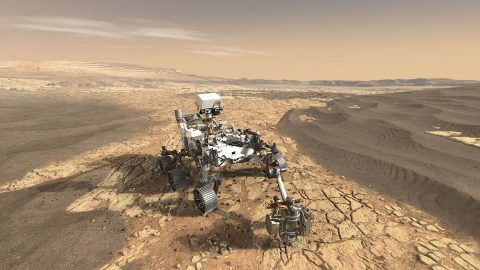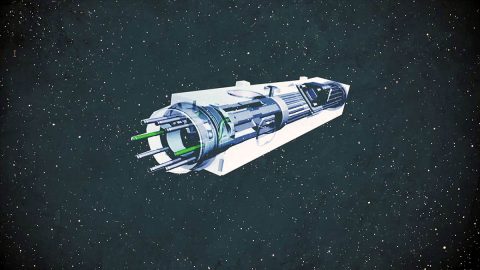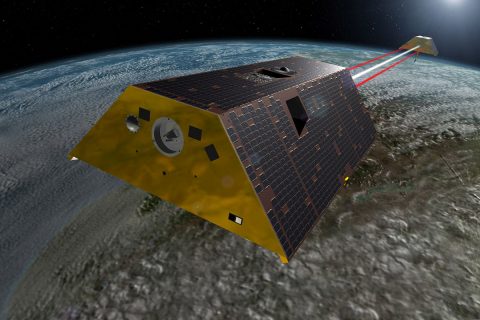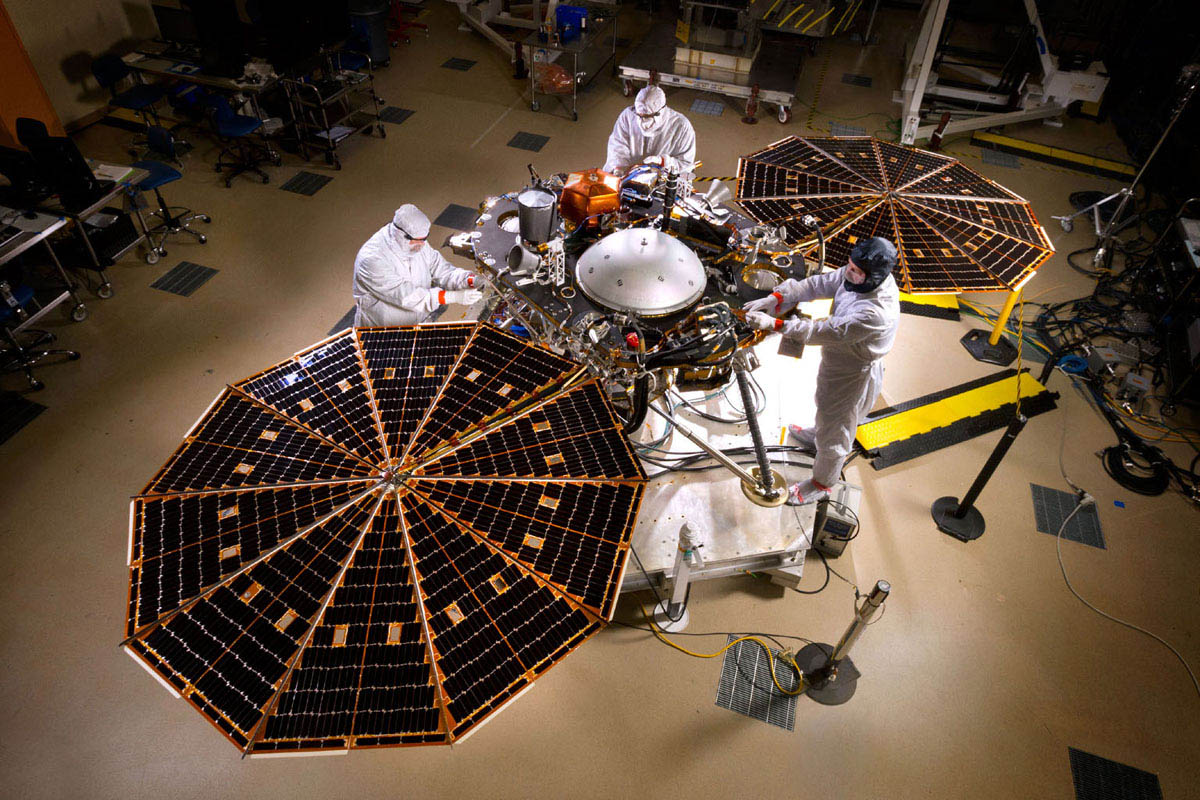Written by Elyssia Widjaja
NASA’s Jet Propulsion Laboratory Newsroom
 Pasadena, CA – The year 2017 marked several milestones in science, technology and flight projects for NASA’s Jet Propulsion Laboratory, Pasadena, California. Voyager 1 returned data from interstellar space as it surpassed 40 years in flight.
Pasadena, CA – The year 2017 marked several milestones in science, technology and flight projects for NASA’s Jet Propulsion Laboratory, Pasadena, California. Voyager 1 returned data from interstellar space as it surpassed 40 years in flight.
NASA’s Cassini Spacecraft ended its 13-year tour of Saturn. JPL celebrated the 25th anniversary of the launch of the Earth-orbiting Topex/Poseidon satellite.
As JPL turns 82 in 2018, its missions and activities will continue to inspire. Here is a preview of events planned for JPL (some dates subject to change):

Anniversary
60th Launch Anniversary: Jan. 31, 2018
Launched on: Jan. 31, 1958
Summary:
- First satellite launched by the United States, less than four months after the Soviet Union launched Sputnik 1
- Designed, built and operated by JPL
- Discovered belts of charged particle radiation held in place by Earth’s magnetic field. The first discovery of the Space Age, the radiation belts were later named in honor of their discoverer, the principal investigator of Explorer 1’s cosmic ray detector, James Van Allen.
Objective:
- Begin U.S. space exploration
Mars
First Launch Opportunity: May 5, 2018
Date of Landing: Nov. 26, 2018
Summary:
- Will study the deep interior of Mars using a lander to investigate seismic waves — energy flowing outward from the core — and the planet’s side-to-side movement as it rotates
- Will be equipped with science instruments to give Mars a “check-up” by taking its temperature, monitoring its pulse and checking its reflexes
Objective:
- Illuminate the earliest evolution of rocky planets, including Earth
- Investigate the dynamics of Martian tectonic activity and meteorite impacts
Mars 2020

Date of Launch: July/August 2020
Date of Landing: February 2021
Summary:
- The rover will use a drill to collect the most promising samples of rocks and soils and store them on Mars’ surface — the first step toward potentially returning these samples to Earth.
- Science instruments, rover wheels and many other components are being developed. In 2018, the rover’s “body” itself will begin to take shape.
Objective:
- Seek signs of past microbial life
- Collect and cache samples
- Study Mars’ habitability
- Prepare for future human-crew missions
Technology

Date of Launch: Mid 2018
Summary:
- A technology demonstration of a small, extremely stable atomic clock
- Up to 50 times more accurate than today’s best navigation clocks
Objective:
- Improve navigation of spacecraft to distant destinations like Mars or Jupiter’s moon Europa
- Enable more precise data collection
Earth

Gravity Recovery and Climate Experiment Follow-On (GRACE-FO)
Date of Launch: Spring 2018
Summary:
- Will continue the work of the original GRACE mission, which completed its science mission in October after more than 15 years in orbit
- Consists of twin spacecraft that map variations in Earth’s gravity field
- Will demonstrate a new laser-ranging technology to dramatically improve the precision of its measurement system, while continuing to track Earth’s water movement and changes caused by the addition of water to the ocean
Objective:
- Provide a unique view of the Earth system, with far-reaching benefits to society
ECOsystem Spaceborne Thermal Radiometer Experiment on Space Station (ECOSTRESS)
Date of Launch: Summer 2018
Summary:
- A high-resolution thermal infrared radiometer, which works like a giant thermometer from space, will measure the temperature of plants and the amount of heat radiating from Earth’s surface
- Will monitor one of the most basic processes in living plants, the loss of water through the tiny pores in leaves, by measuring plant temperature
Objective:
- Measure the temperature of plants and use that information to better understand how much water plants need and how they respond to stress
Compact Ocean Wind Vector Radiometer (COWVR)
Date of Launch: 2018
Summary:
- A next-generation passive microwave radiometer instrument, on a small satellite, to measure ocean winds
- Developed by JPL for the U.S. Air Force
Objective:
- Demonstrate a new, lower cost technology for measuring ocean winds, ultimately leading to more sensors in space and improved accuracy of U.S. military weather forecasts
Educational Events
National Science Bowl Regional Competition
Date: Jan. 27, 2018
Location: JPL
Summary:
- Math and science competition among teams of high-school students
- Fast-paced question-and-answer categories include astronomy, biology, physics, chemistry, math and current events in the scientific community, as well as computer, Earth and general sciences
National Ocean Sciences Bowl Competition
Date: Feb. 24, 2018
Location: JPL
Summary:
- Student teams compete by answering questions about biology, chemistry, geology and physics of the oceans, as well as navigation, geography and related history and literature.
FIRST Robotics – Los Angeles Regional
Dates: March 15-17, 2018
Location: Fairplex, Pomona, California
Summary:
- Students team up with engineers from businesses, universities and research institutions.
- The program gives students a hands-on, inside look at the engineering profession as they design and build their own “champion robot.”
Explore JPL
Dates: June 9-10, 2018
Location: JPL
Summary: During this free event, pre-ticketed members of the public can visit JPL for a firsthand look at such highlights as mission control, a life-size model of the Mars rover Curiosity; and robots on display; and hear from people working on such future Mars missions as Insight and Mars 2020. Tickets for this popular event are limited. Details about how and when to request tickets will be posted.



